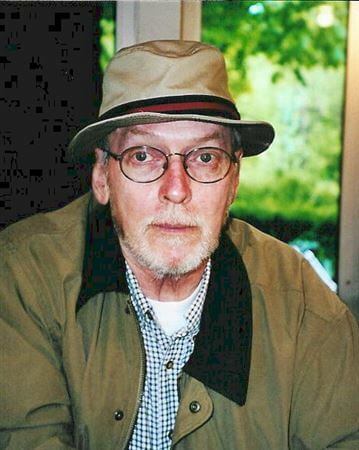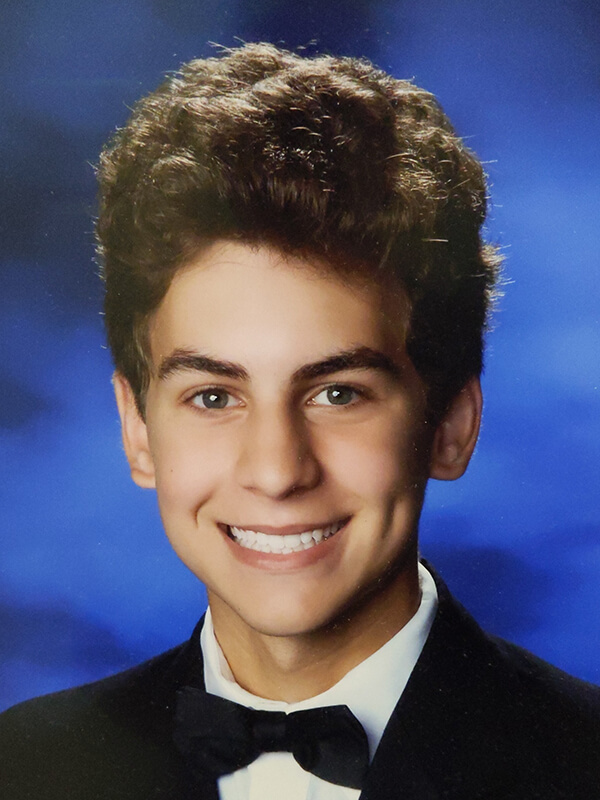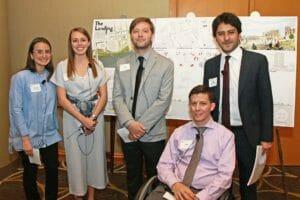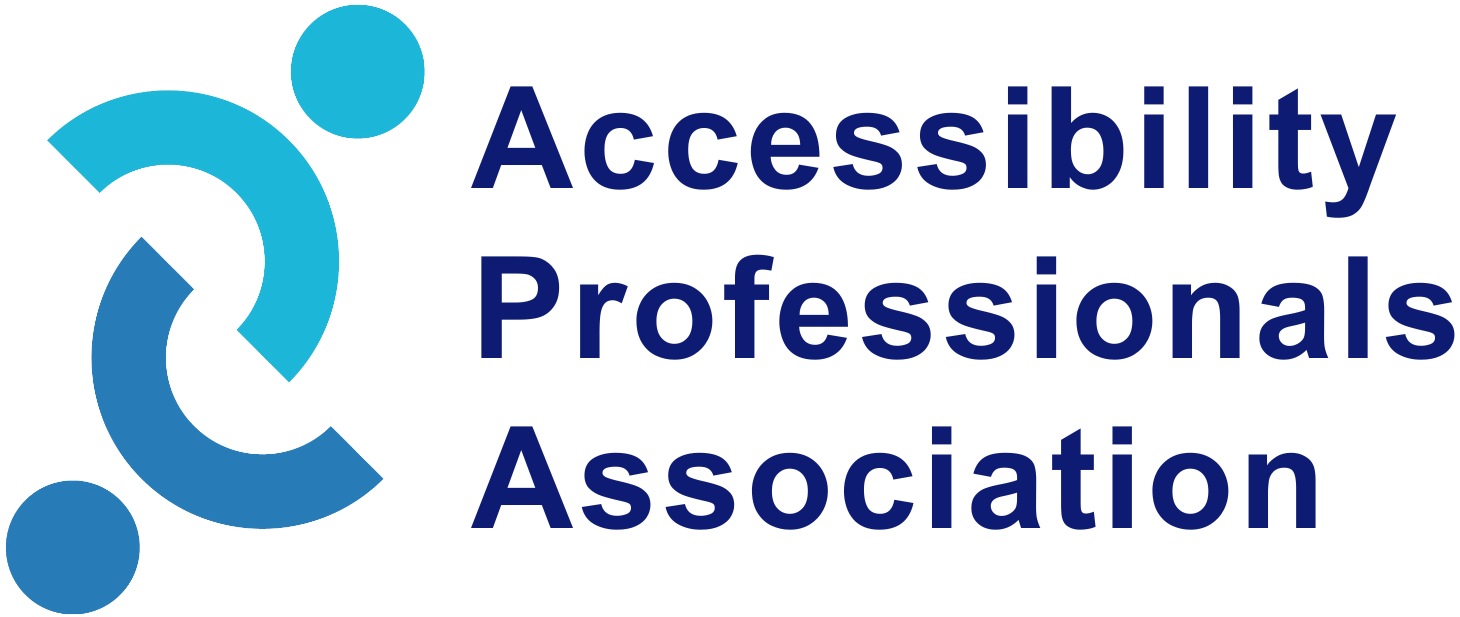Jim Boyce Memorial Scholarship
This memorial scholarship is in honor of Jim Boyce
and all of our former APA members and supporters, who made a lasting impact in the field of accessibility compliance. By encouraging students to make accessibility part of their career development, we hope to further promote accessibility in the built environment.

APA is a 501(c)(3) tax exempt organization under the Internal Revenue Code. Contributions are deductible under section 170 of the Code. APA is also qualified to receive tax deductible bequests, devises, transfers, or gifts under section 2055, 2106, and 2522 of the Code.
Who should apply
Students who wish to apply must be currently pursuing a degree in architecture, landscape architecture, civil engineering, construction management, interior design, or other degree program closely related to accessibility/universal design at an accredited United States institution of higher learning. Students must have a 2.5 or higher GPA and demonstrate a strong interest in accessibility in both design portfolio and future career interests.
Each year, applications are accepted through March, and the scholarship is awarded in May via the attended institution’s financial aid office.
When and how to apply
The application for the 2025 JBMS Scholarship is now closed. The 2026 application will open in Fall 2026. If you have any questions, please send us an email.
2024 JBMS recipients
Congratulations to the 2024 recipients!
Thank you to all the generous donors who made these awards possible!

Luis Saez
An undergraduate student studying architecture
"Winning the 2024 Jim Boyce Memorial Scholarship would mean the world to me...It's about pursuing a passion for urban planning and the validation of my efforts to make a difference in this field."

Jame Moshier
An undergraduate student studying architecture
"I deeply appreciate and value the Accessibility Professionals Association for providing this scholarship so that students like me may have greater opportunities...With this award, I will be able to pursue the education I desire, focus on studying architecture and accessibility, and better enjoy the college experience..."

Interview with a past JBMS winner
Trent Tunks likes to think big. The winner of the 2018 APA Jim Boyce Scholarship is drawn to large urban design projects and this focus is fused into his academic and long-range future plans.
His goal is to graduate in the fall of 2020 with his Master of Architecture degree from the University of Texas building on his undergraduate architecture degree from UTSA.

He has already distinguished himself as a capable and creative architect-in-training. Notably, he has joined other students in a highly competitive design competition where he took home honors as a finalist. The Urban Land Institute (ULI) Hines Student Competition is a prestigious challenge to architectural students to collaborate across disciplines to dream and design a better built environment. Groups of five students form teams to devise a development plan for a real American city site, including designs and market data.
His University of Texas project, The Landing, created a design for Cincinnati that envisioned sweeping green spaces in an urban environment that promotes renewable energy efforts with social connectivity.
He explained his appreciation for what he calls "democratic space" that offers ample room for walkways, stairs and ramps. A wheelchair user, Trent knows first-hand the advantages and aesthetics that come with public spaces that make life easier for everyone.
In addition to his life experience adapting to wheelchair use from the age of 16, he has seen the need for architects to incorporate more accessibility, even if in small ways. While working with the AIAS Freedom by Design program at UTSA, he described one eye-opening experience of a woman who could not leave her house on her own simply because she could not hold a door open. "It took just a new door closer and new handles for her to come and go on her own. I call that freedom by design."
Inspirations such as these motivate him to expose architecture peers to wheelchair use and how it impacts design. One senses that he is on a professional and personal quest... "How can we make access more integrated? Is there a better way?"
Trent notes the scholarship has been a long-time goal and even applied as an undergraduate. He commended the mission of the Accessibility Professionals Association with a heartfelt comment "It is incredibly important to bring accessibility to the forefront - I am so thankful and honored!"
by Maggie McCarthy
